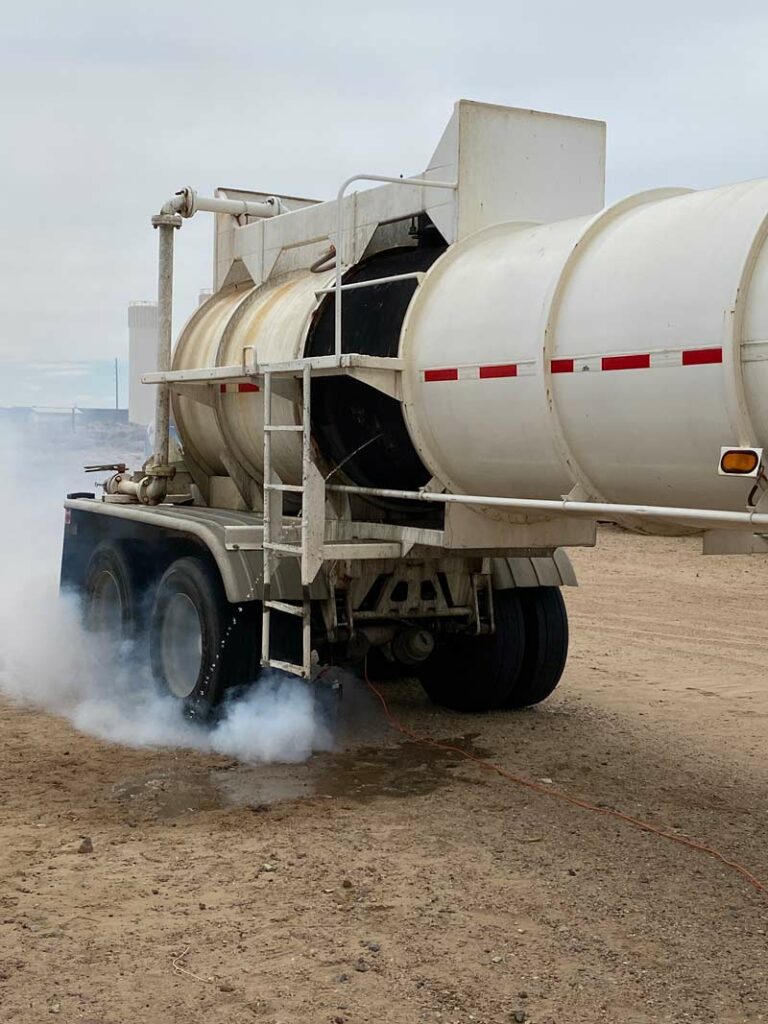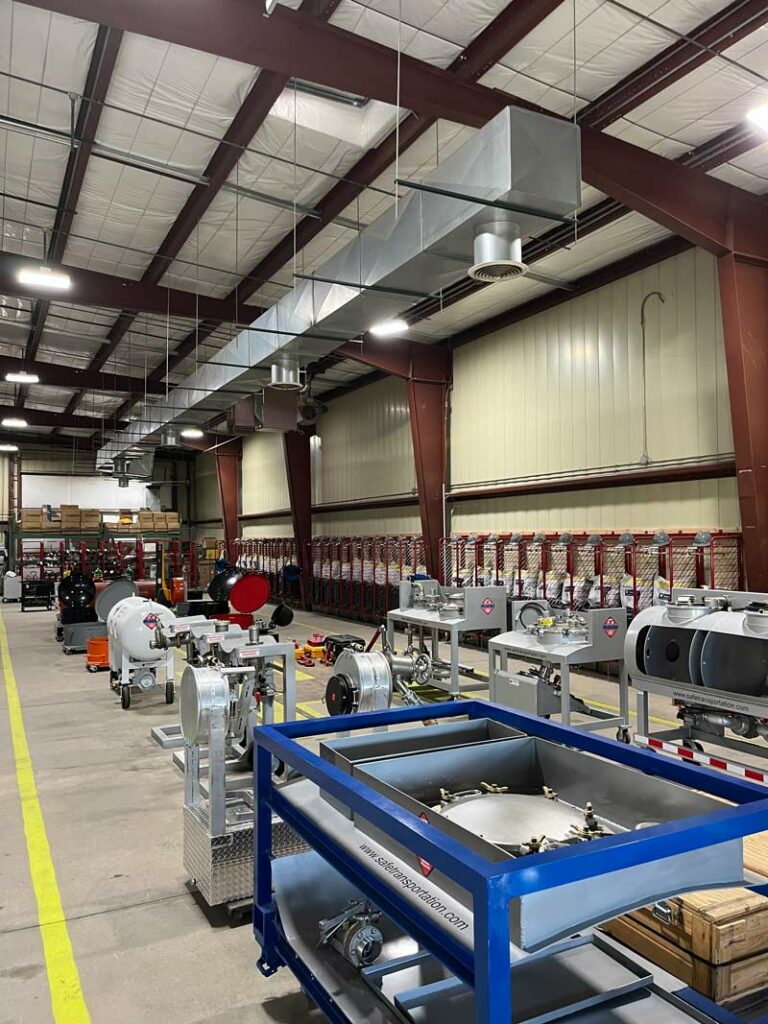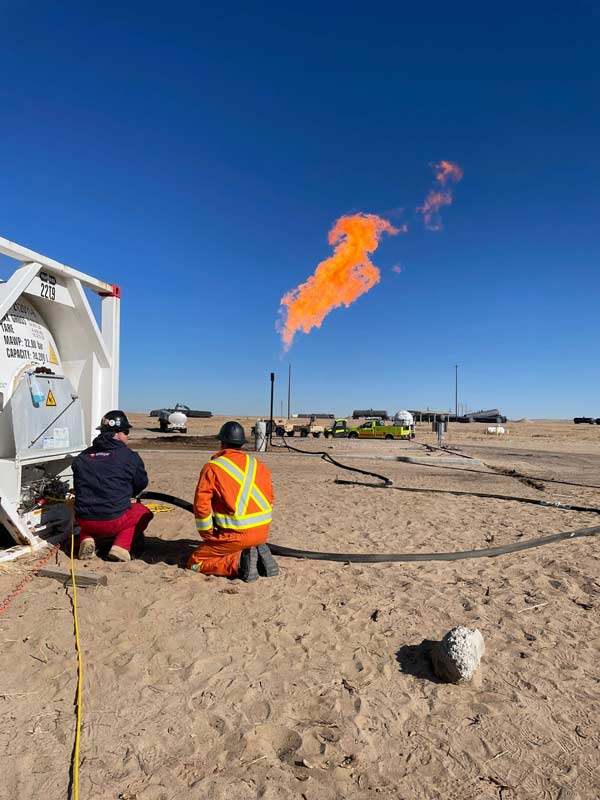If you drill down into the massive global company Ambipar, you will find its Ambipar Response Training Centers, a division that focuses on training hazmat responders. It is best known for its sites in Peru, Brazil and Chile. Earlier this year it opened what it calls the largest hazmat training facility in the world in Pueblo, Colo.
Lee Nelson, director of ARTC, talked about the division, its goals and how it fits into the hazmat world.
What inspired your initial idea?
Ambipar operates training facilities already in Chile and Brazil. The opportunity to build our biggest facility in the U.S. was an opportunity we couldn’t pass up.
How did that idea evolve into what we see today?
We have invested heavily in modernizing the classroom, our props and containers. We currently have two unit train derailments, highway containers in all the typical positions, intermodals, new modern transfer equipment, new SCBAs and live product evolutions.
What did you learn from early failures?
After decades of providing hazmat response and training we knew that the facility had to be relevant. We needed containers that are in use today, scenarios that were representative of today’s challenges and a focus on the future, so we remain relevant.
What have you learned from taking your product into the hazmat market?
What we have seen so far is that our investment will pay off, everyone that has been through a class so far has been impressed by the quality of the training material, props, instructional staff and realism we’re providing.
What has been the most profound story you have heard from a customer?
In a course critique, a student told us, “This was the best hazmat training I have taken in my 20-year career.” That is the type of feedback we like to hear and strive for with every class.
What’s the biggest misconception about Ambipar’s/ARTC’s role in emergency response?
Ambipar Response is a global response company, we provide hazardous materials emergency response, oil spill response, industrial services and training. We want students and clients to know we are staying perpetually relevant as the school is an integral part of our global emergency response work. The school provides training, research and our global response bases keep us current on market trends and challenges.
For a hazmat team, what’s the biggest barrier to entry into Ambipar/ARTC?
There is no barrier to entry for a hazmat team to use our services. They can register for an open enrollment course or if they need something custom tailored, we are ready to do that for anyone.
What problem keeps you up at night?
I want to be sure everyone that leaves here returns to their department or employer with real world skills they can confidently apply the next day. They need to be proficient, not just familiar with tactics and concepts. If we’re not delivering at that level, we still have work to do.
What does the near-term future look like for your company?
2024 will be our first full year of operation out of the Pueblo campus. We’re looking forward to hosting a diverse client base from industry and government response personnel.
What does the long-term future look like for your company?
Long-term, we have some exciting plans for more training options at the school and more capital investment in props and scenarios.
What’s your boldest prediction for Ambipar’s/ARTC’s future role in hazmat and emergency response?
Ambipar/ARTC is a new player in the North American market, but we are looking to set the bar very high. Our goal is to provide the most relevant hazmat training in the industry for our students. This can only be accomplished by using instructors with actual hands-on experience — responders who have been in the suits, handled the materials and are now wanting to pass that information along to the next generation of response personnel. When you combine experienced responders instructing at a best-in-class facility you are setting yourself up for success.
Original post – Copyright © 2023 HazmatNation.com. Externally linked references may hold their own independent copyright not assumed by HazmatNation






